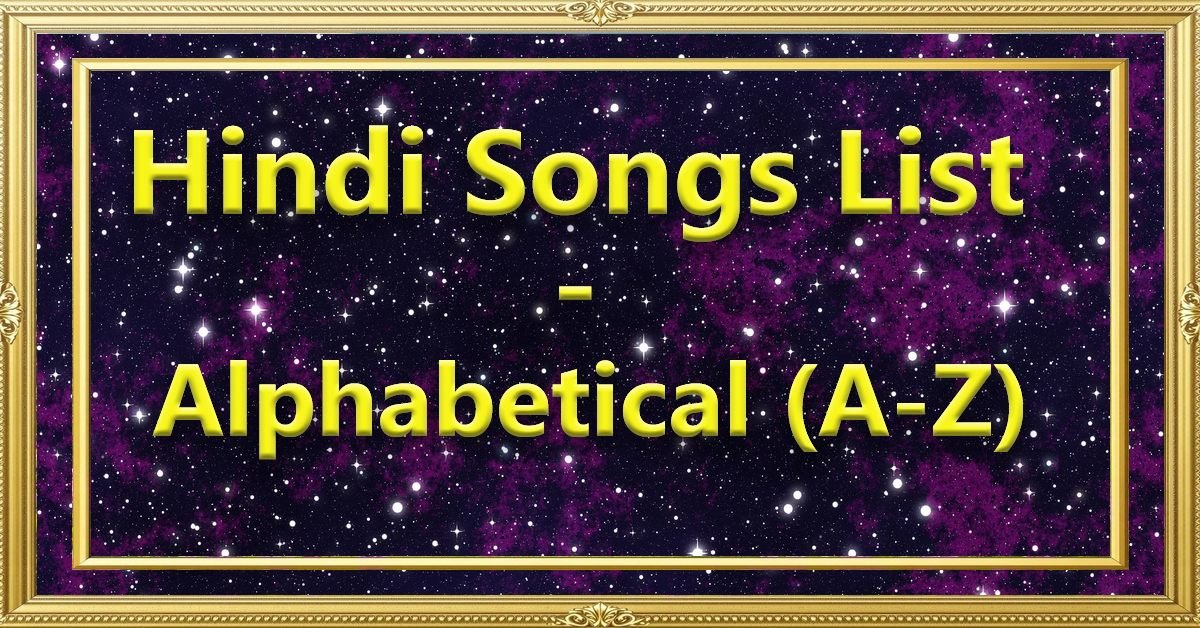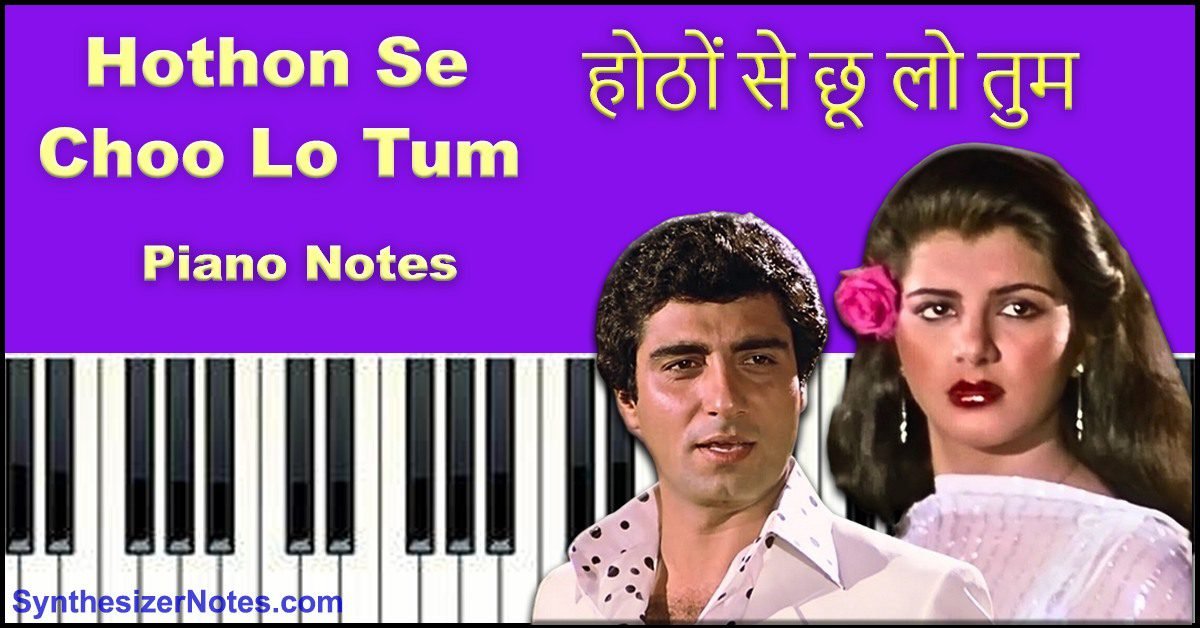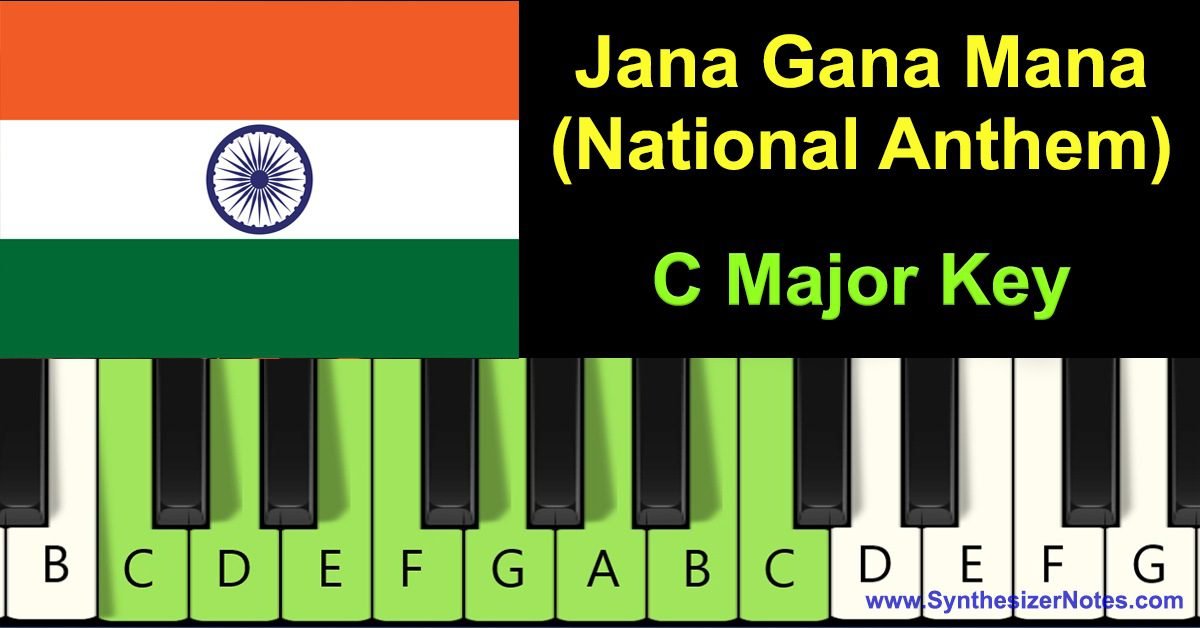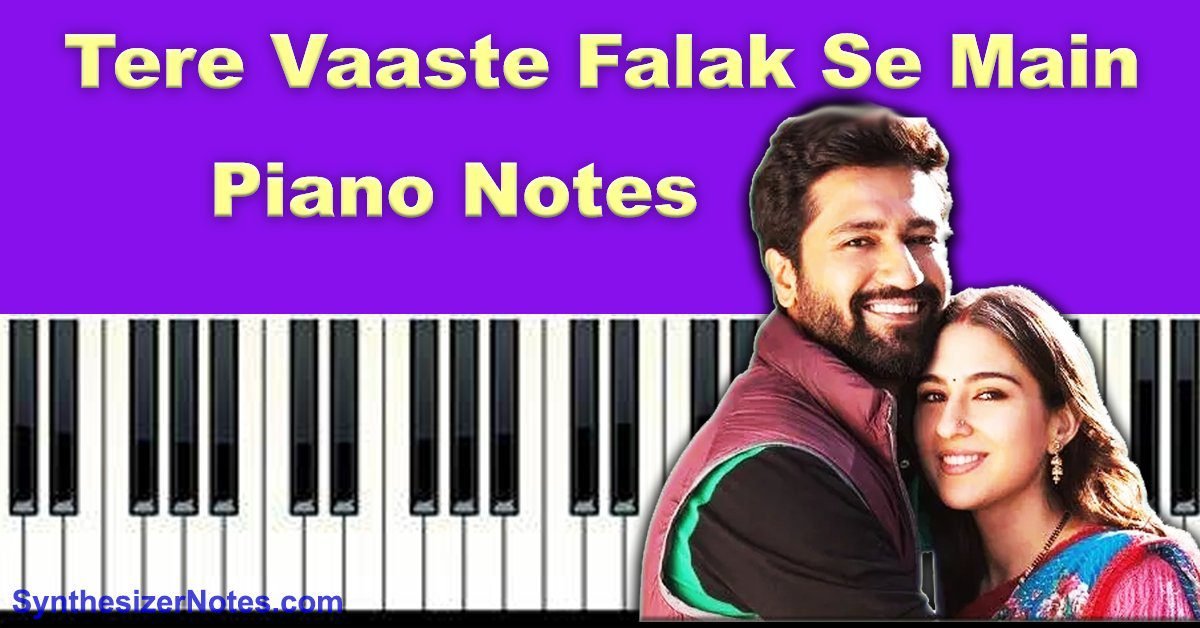Sheet music is a written representation of music, a visual way to show how a piece of music should be played.
Although letter notes are a popular and simple method for learning to play the piano, they do not provide the same level of detail as sheet music.
Sheet music uses a variety of symbols to represent various musical elements, such as pitch, rhythm, scale, dynamics, and many other things, to help us play the song accurately.
There are many types of sheet music, such as full score, lead sheet, vocal score, guitar sheet music, tablature, piano sheet music, etc.
However, we will limit our discussion to piano sheet music and its parts on this page, as they are essential to learning the piano.
On this page of Piano Sheet Music: The Basics for Beginners, we will first discuss the following fundamental topics:
- What is sheet music?
- Why do you need sheet music, and why not just letter notes?
- What are the different parts of piano sheet music?
- What are staff, clef (treble and bass clef), and measure?
- What is a note and a rest?
- What are the key signature and time signature?
What is Piano Sheet Music?
Sheet music is a handwritten or printed form of musical notation and is like a written language for music.
Just like how written words allow us to communicate and understand language, sheet music allows musicians to interpret and perform a piece of music accurately.
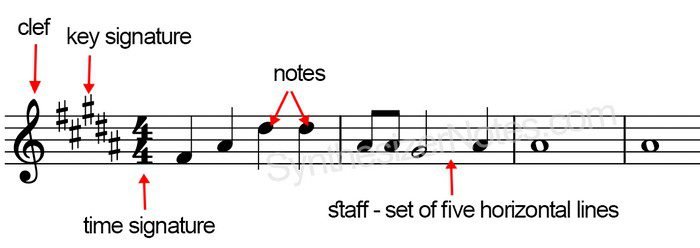
It is a visual language that uses musical symbols to tell the musician what notes to play, when to play them, how long to play them, and many other details of a song.
The following image is an example of sheet music, which is a part of the Faded by Alan Walker piano sheet music.
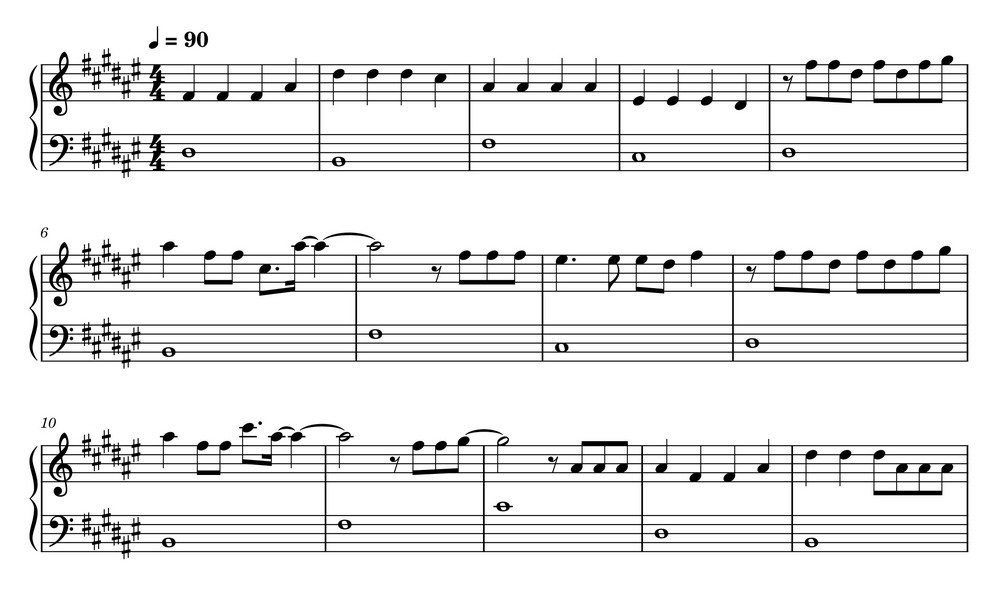
Why Sheet Music?
Why not just easy piano letter notes?
When you play a song using the letter notes C, D, E, F, G, A, and B, you are only getting information about which notes to play.
This is great for beginners because it’s a quick and simple way to understand how to play a song without needing to read sheet music.
Only a List of Ingredients, But No Recipe
However, playing a song with letter notes is like having a recipe with only the ingredients’ list.
You know what ingredients you need, but you don’t know how much of each ingredient to use or how to cook them.
Let’s say you want to make a cake, but you have only the ingredients’ list for a cake.
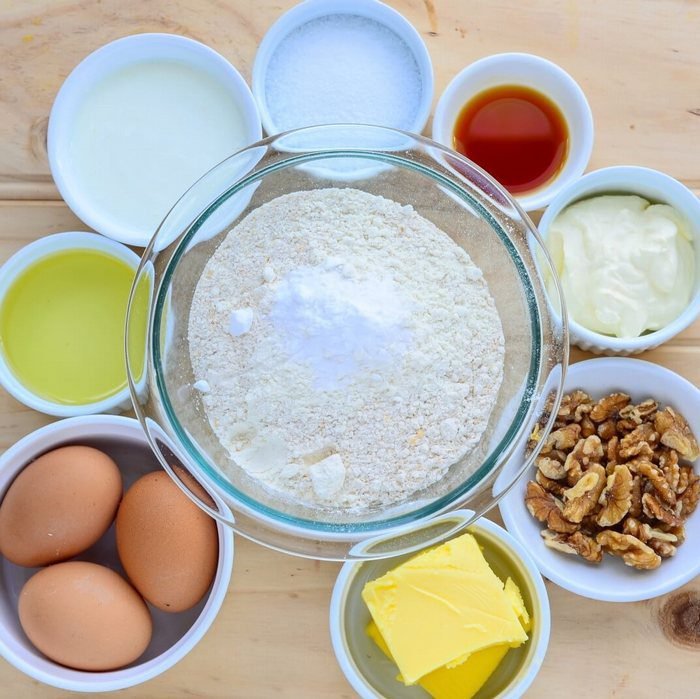
You might be able to make something that tastes like cake, but it won’t be the same as a cake made from a recipe with all the instructions.
Hence learning to play a song using only letter notes is a great way to get started, but to play a song correctly, you need more information than just the letter notes.
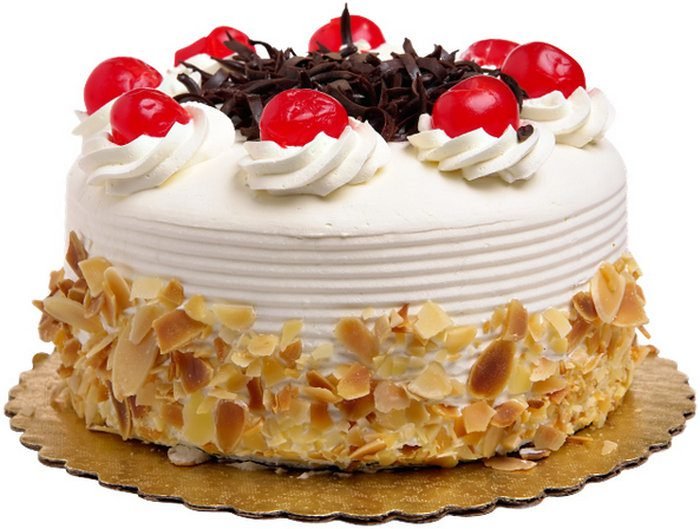
And here comes the role of sheet music.
Recipe with all Instructions
Sheet music is like a recipe with all the instructions.
It will tell you not only the notes that you have to play, but also how long to play each note (the duration), how fast or slow to play (the tempo), and when to pause (the rhythm).
This information helps you to play the song accurately and expressively.
So it’s important for piano learners to eventually learn how to read sheet music.
While it may seem daunting at first, it is not too complicated to learn. With dedication and practice, you can learn to read sheet music fluently and use it to play a wide variety of music.
Example of a Song with Letter Notes Only
For example, this is the first line of the letter notes for the song Faded.
F# F# D# F# D# F# G# A#
You were the shadow to my light
From this line, you can only get the information that “F# F# D# F# D# F# G# A#” are the keys for the first line of the song.
However, the following image from the sheet music for the song ‘Faded’ provides not only the notes for the first line but also essential information such as note duration, scale, rhythm, dynamics, tempo, and other details that enable error-free performance.

How Sheet Music Provides More Information than Letter Notes
Sheet music is written on a staff, which is a set of five horizontal lines. Each line and space on the staff represents a different pitch, i.e., C, D, E, F, G, A, and B.
Notes are placed on the lines or in the spaces between the lines of the staff to indicate their pitch.
In this image, you can see how notes are placed on the staff lines on the music sheet.

In the next section, we will see in detail how notes are placed in the sheet music.
Sheet music also contains different symbols, such as note duration, rests, time signatures, key signatures, etc.
These symbols provide important information to musicians about how to perform the piece accurately, such as how long to hold a note, when to pause, and what key the piece is in.
For example,
Note duration symbols indicate the length of time each note should be played, while rests indicate periods of silence.
Key signatures indicate the scale and tonal center of the piece, and time signatures specify the number of beats in each measure.
Additionally, sheet music may include dynamic markings and articulation symbols to guide musicians on how to play with varying levels of volume and expression.
Understanding these symbols in sheet music is crucial for accurately interpreting and performing the song.
The earliest form of musical notation can be found in a cuneiform tablet that was created at Nippur, in Sumer, in about 2000 BC. (Source: Sheet music – Wikipedia)
What are the Different Parts of a Piano Sheet Music?
Piano sheet music is made up of many parts, like the staff, clefs, key signature, time signature, notes, rests, dynamics, etc.
We will start with a quick overview of each component before going into more detail.
Staff, Clef, Notes
The different parts of piano sheet music include:
The staff: The staff is a set of five horizontal lines on which the notes are written.
The clef: The clef is a symbol at the beginning of the staff that indicates which pitch the notes on the staff represent. The two most common clefs are the treble clef and the bass clef.
In the image below, a part of the sheet music is shown, where you can see the staff, which is a set of five horizontal lines: a clef, key signature, time signature, and notes.

Notes: The notes are symbols that indicate the pitch and duration of the keys that are to be played.
Rests: Rests are symbols that indicate silence.
Signature – Key and Time
Key signature: The key signature is a group of sharps or flats at the beginning of the staff that indicates which notes are to be raised or lowered in pitch by a semitone throughout the piece.
To read in detail about the key signatures, please visit the page of Key Signature – Everything You Need to Know to Get Started.
Key Signature: A Beginner’s Guide.
Time signature: The time signature is a fraction at the beginning of the staff that indicates how many beats are in each measure and which note value gets one beat.
The dynamics: The dynamics are symbols that indicate the volume of a piece of music means how loudly or softly to play the music.
The articulation: The articulation are symbols that indicate how to play the notes, such as whether to play them legato (smoothly connected) or staccato (short and detached).
Other symbols: There are a number of other symbols that can be used in sheet music, such as repeat signs, codas, and tempo markings.
In the next section, we will learn how to place notes on the staff to represent their pitch (C, D, E, F, G, A, B) and octave. We will also learn about the six different note shapes, which represent the duration of the notes.



